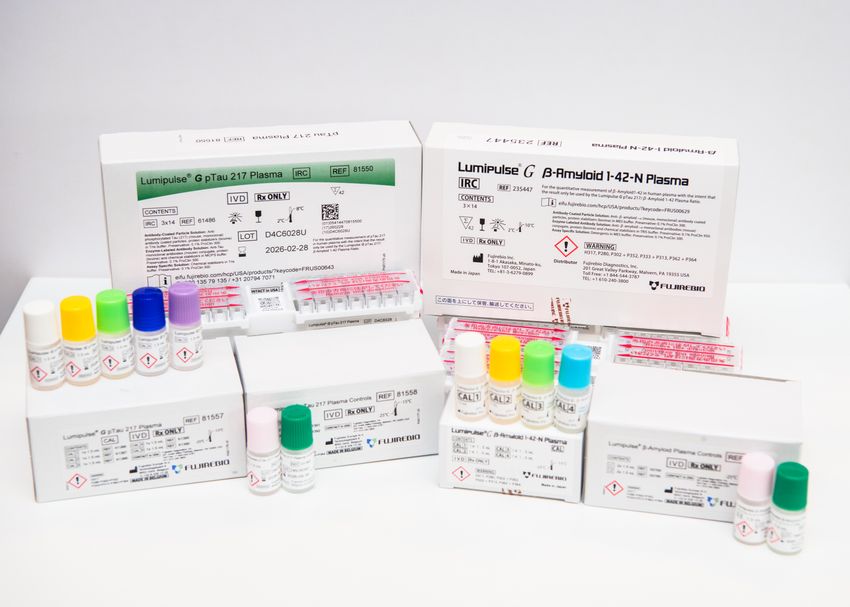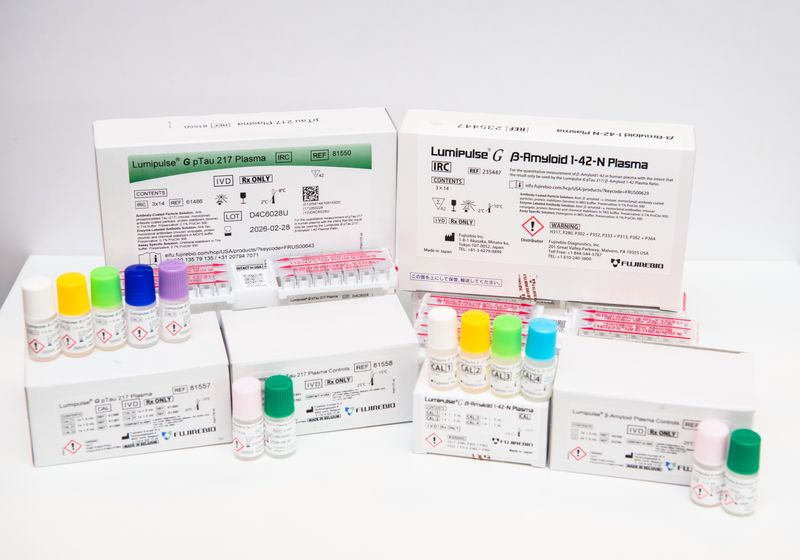Amyloid plaques in the brain, which are now detectable through blood-based biomarker testing, represent a key hallmark of Alzheimer’s disease.
Characterized by amyloid plaques and neurofibrillary tangles, Alzheimer’s disease (AD) is the most common form of dementia. Currently, this devastating disease afflicts approximately 7 million Americans, with numbers projected to almost double by 2060.1 Although anti-amyloid drugs are now available to slow AD-associated cognitive decline, they work best if given in the early symptomatic stages.2 Patients often miss this optimal window due to current diagnostic test limitations.
Positron emission tomography (PET) uses radioactive tracers for accurate amyloid plaque detection, but limited access and unexpected costs make these scans prohibitive for many patients. Clinicians can also evaluate AD-associated biomarkers in cerebrospinal fluid (CSF), but this precise testing requires an invasive lumbar puncture. To ensure accurate and timely diagnosis, physicians need an accessible, economical, and minimally invasive method.3
In May 2025, the US Food and Drug Administration (FDA) cleared the first blood-based in vitro diagnostics test for AD, the Lumipulse® G pTau 217/β-Amyloid 1-42 Plasma Ratio Test. Fujirebio Diagnostics developed this revolutionary test to detect amyloid pathology in adults aged 50 or older displaying signs of cognitive decline. The blood test uses the Lumipulse® G1200 analyzer to measure the concentrations of two AD-associated proteins in human plasma, ptau 217 and β-amyloid 1-42, and calculates the ratio between them. “[With the] combination of these two biomarkers, we can detect the presence or absence of amyloid pathology just as well as PET or CSF,” said Diana Dickson, the vice president of clinical and regulatory sciences at Fujirebio Diagnostics.

Using a simple blood sample, the Lumipulse® G pTau 217/β-Amyloid 1-42 Plasma Ratio Test analyzes Alzheimer’s disease-associated biomarkers ptau 217 and β-amyloid 1-42 for accurate diagnostic insights.
Lori Johnston Photography
“I think it’s a game changer,” said David Greeley, a neurologist and founder of Northwest Neurological and Kingfisher Cooperative. “We’ve been waiting for FDA approval of a blood-based biomarker for years.” Because of the Lumipulse blood test’s sensitivity, specificity, and simplicity, “there really is no stopping us from [running] the test if and when we feel it’s necessary,” said Greeley.
Beyond its diagnostic capability, the Lumipulse blood test opens up new possibilities for research. “Now we have a blood test that helps with developing new types of drugs, new targets for drugs, and also researching other biomarkers that could also help [detect] this disease,” said Dickson.
Check out all of The Scientist‘s Top Innovation winners of 2025.

